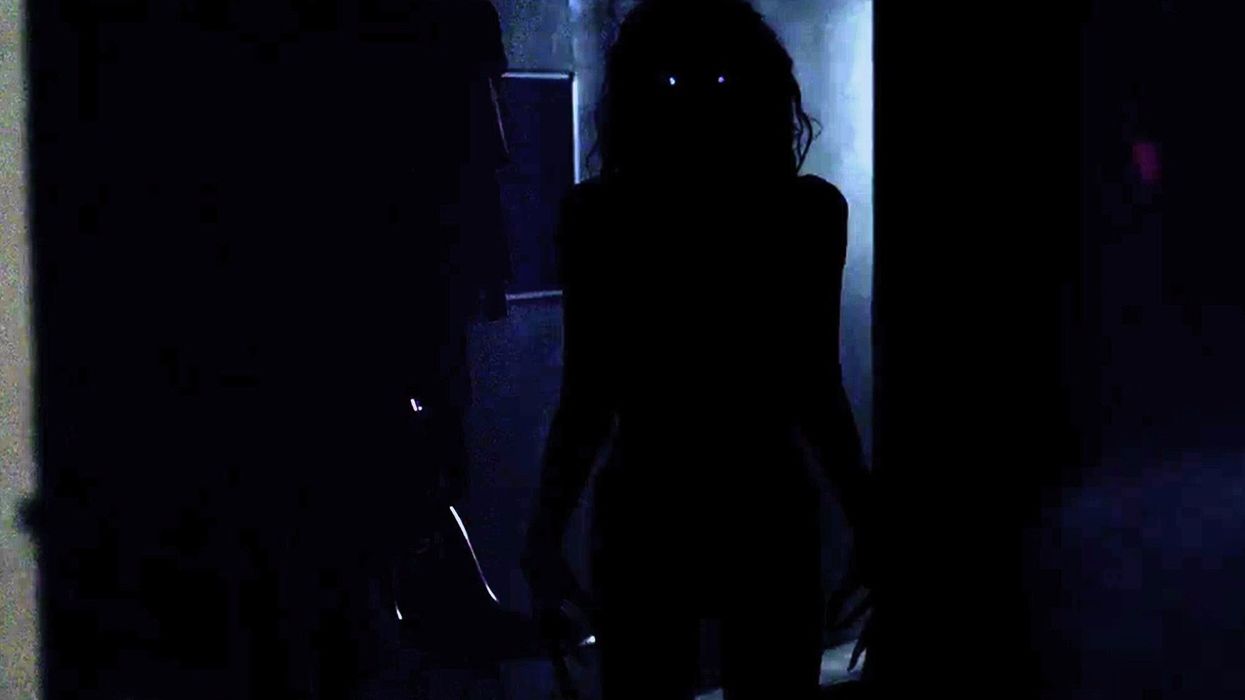What Makes a Movie Scary? Exploring the Horror Elements of 'Lights Out'
"There is no terror in the bang, only the anticipation of it." —Alfred Hitchcock

Making a film scary is a difficult task (as you can tell from an article posted earlier this week about jump scares). However, in the video essay below, Jack Nugent of Now You See It explores a few techniques and methods often used in the horror genre, and by comparing the same scene from both the feature and short film version of Lights Out, as well as the original Poltergeist and its 2015 remake, we get to see how effective these different approaches to horror really are.
There are several things going on in both of these scenes. Let's break it down.
Location
In the feature length version of Lights Out we find ourselves in a location with all of the elements you'd probably expect to see in an American horror film, especially one with a larger budgets: a darkened textile warehouse with mannequins all over the place. In the short film version, though, we're simply in the character's home; it's brightly lit and nothing seems out of the ordinary.
Now, shadows and darkness can certainly be effective for making the hair on your audience's neck stand up, but there's something to be said about setting a scene in a seemingly innocuous place, a place that is familiar and brightly lit. The location in the short film version's scene doesn't beat you over the head with horror elements; it doesn't allow you to prepare yourself to become scared.
POV
The Monster POV cam is a major horror film trope and, when done correctly and sparingly, can be incredibly effective at putting your audience right in the scene with your ill-fated characters. The feature length version doesn't contain a POV shot, which isn't necessarily a bad thing, but its absence somehow allows the viewer to keep a far enough distance away from the shadowy figure that we never get to become voyeurs of the gruesome event that could potentially happen. In fact, the lack of POV shot appears to only be a setup for the jump scare that follows later on.

Scene/shot duration
As we see in both Nugent's Light's Out and Poltergeist examples, the scenes and shots are longer in the original versions of the films. In Poltergeist's 2015 version of the scene in which Robbie is attacked by a possessed clown doll, the shots of the inanimate clown are significantly shorter than the original, and if horror is about the payoff, the filmmakers didn't give the audience much to work with. As Hitchcock says, "There is no terror in the bang, only the anticipation of it," so lingering on a shot for just a little while longer might put your audience that much more on edge as they wait eagerly for the payoff.
Which horror elements of these films worked/didn't work well? What do you think could've added to the scary factor in these scenes? Let us know in the comments below!
Source: Now You See It













